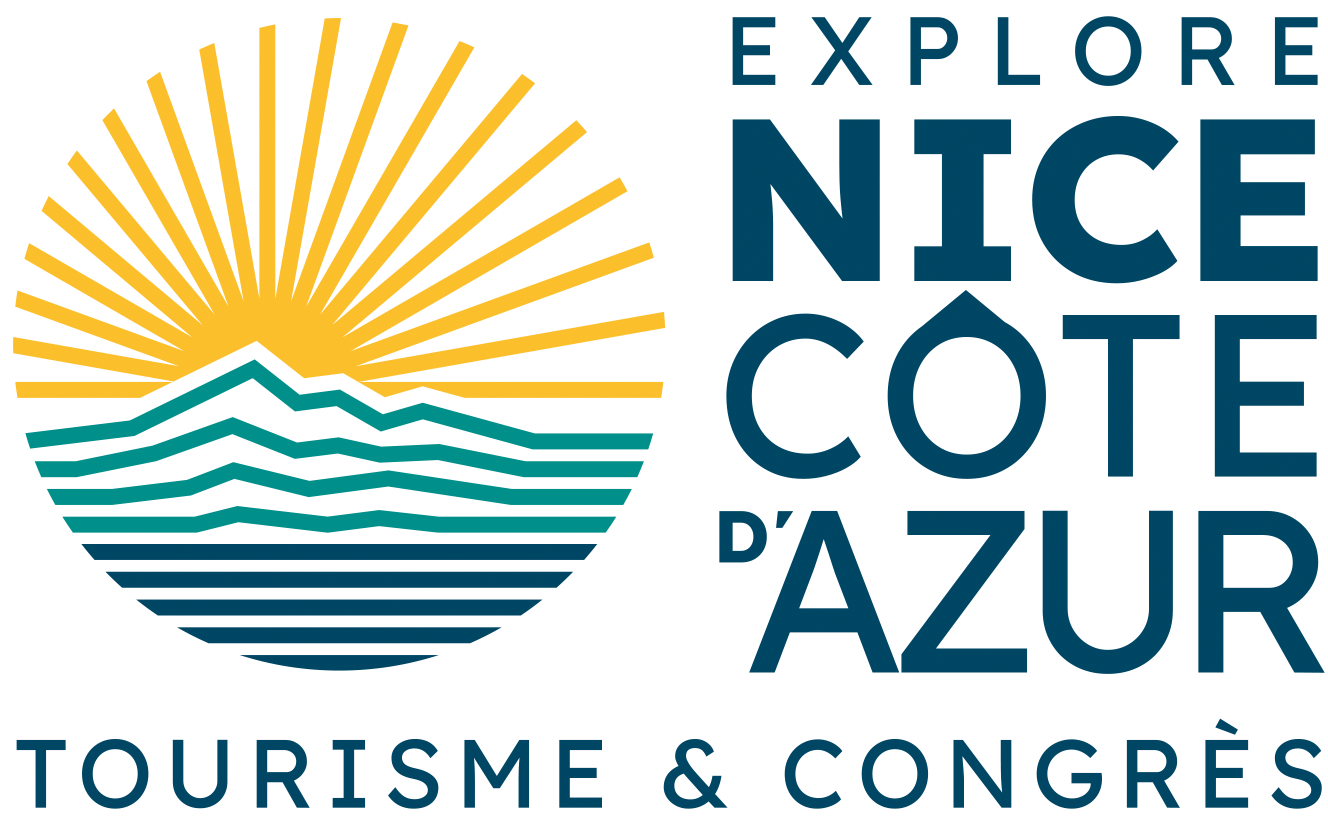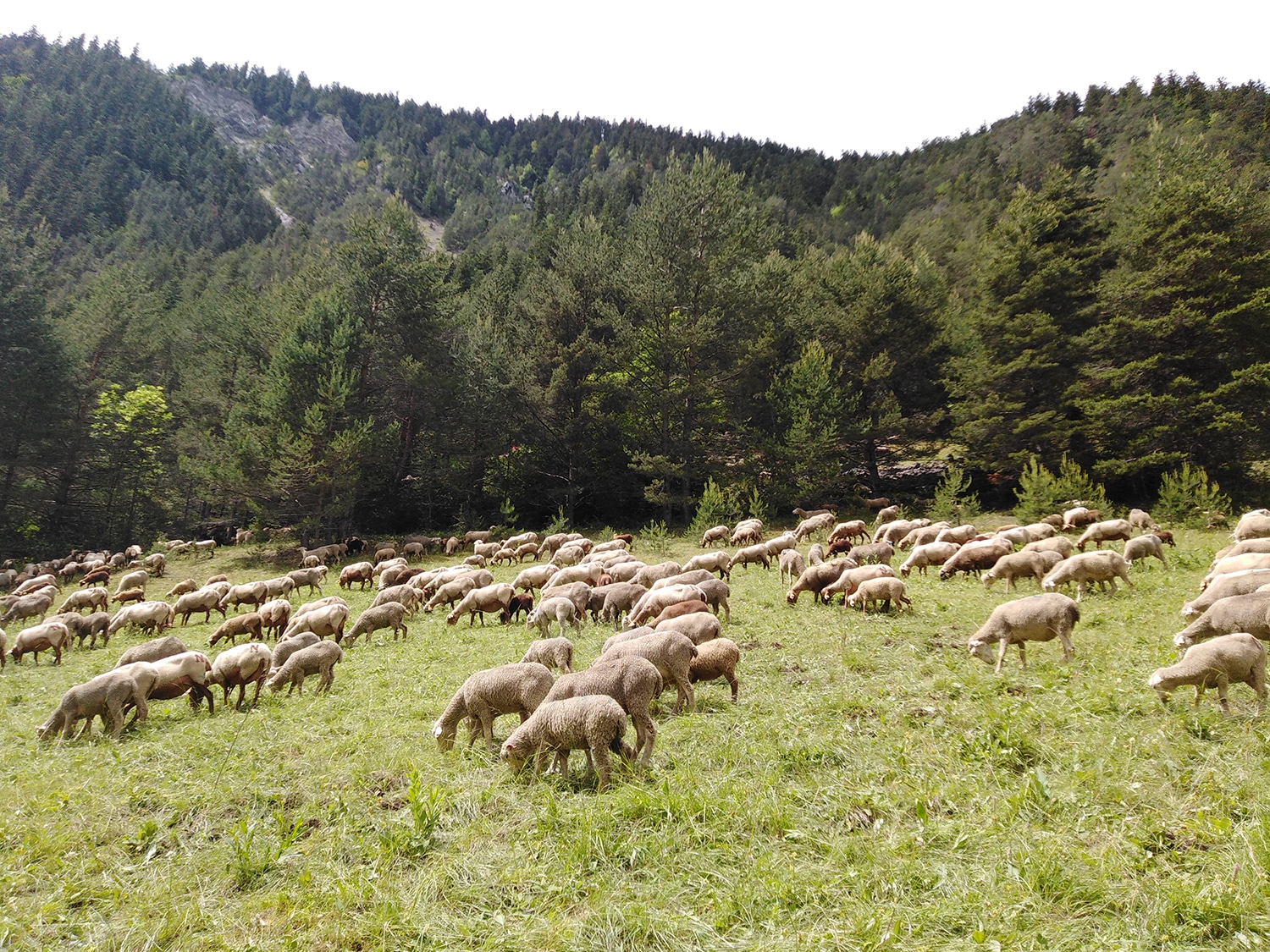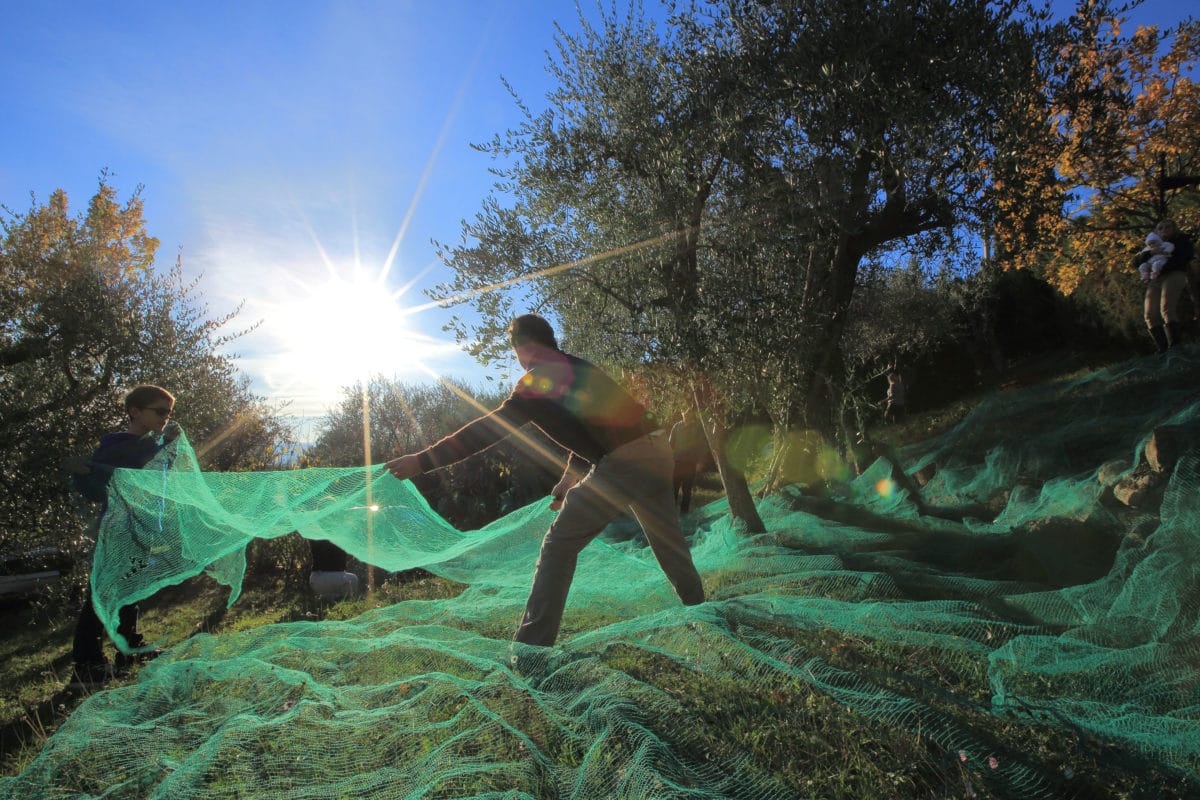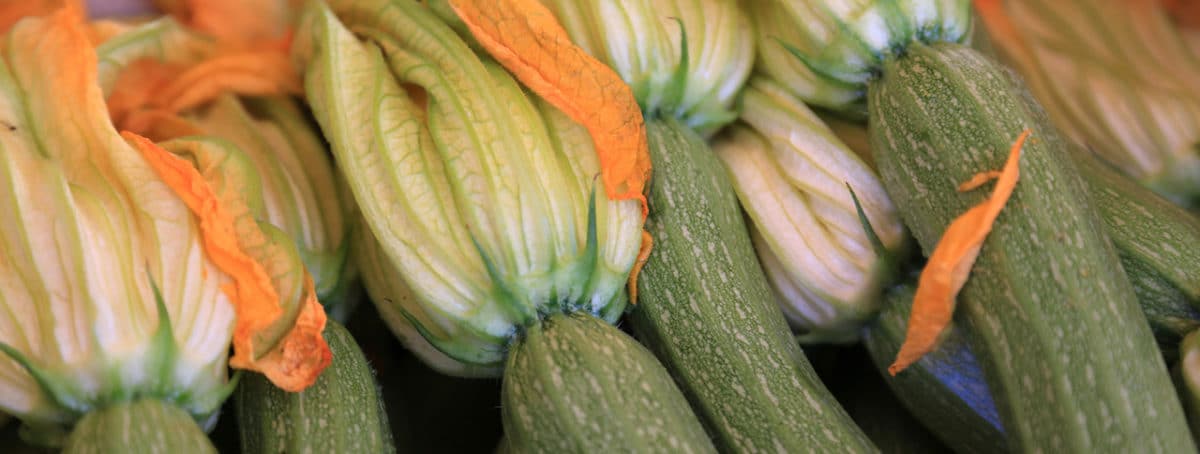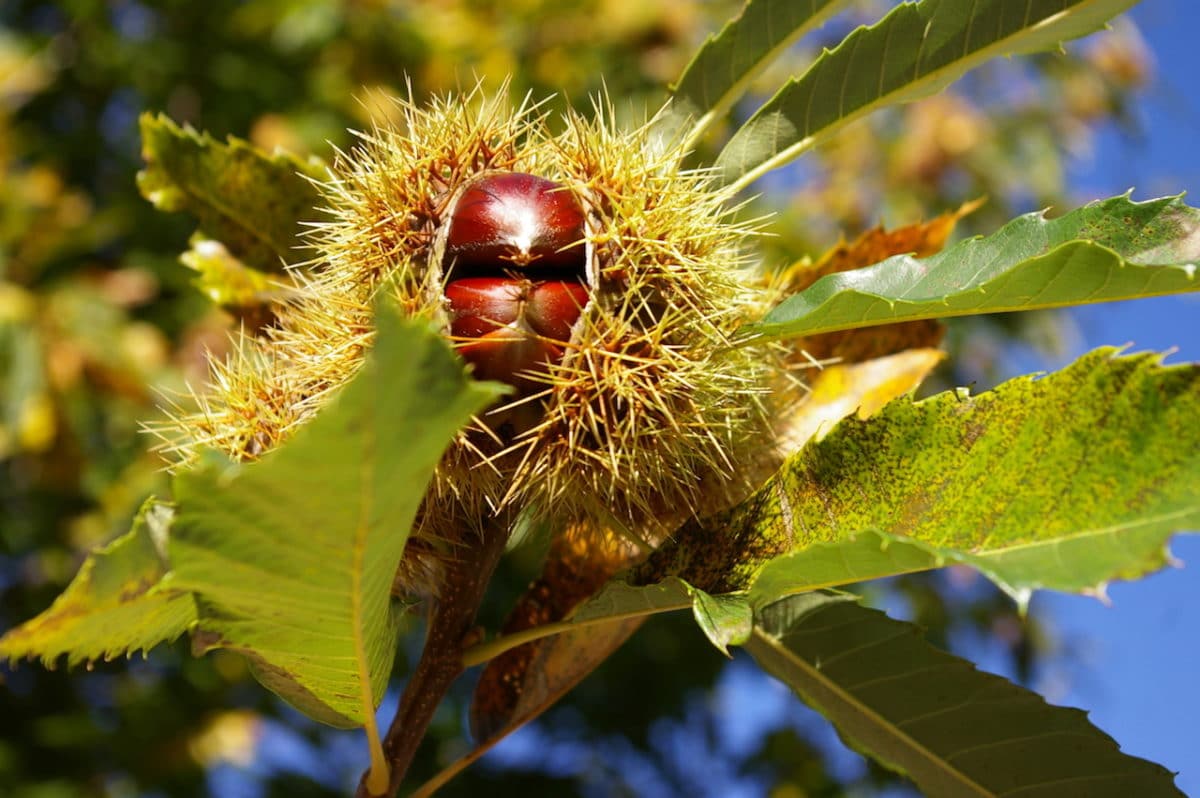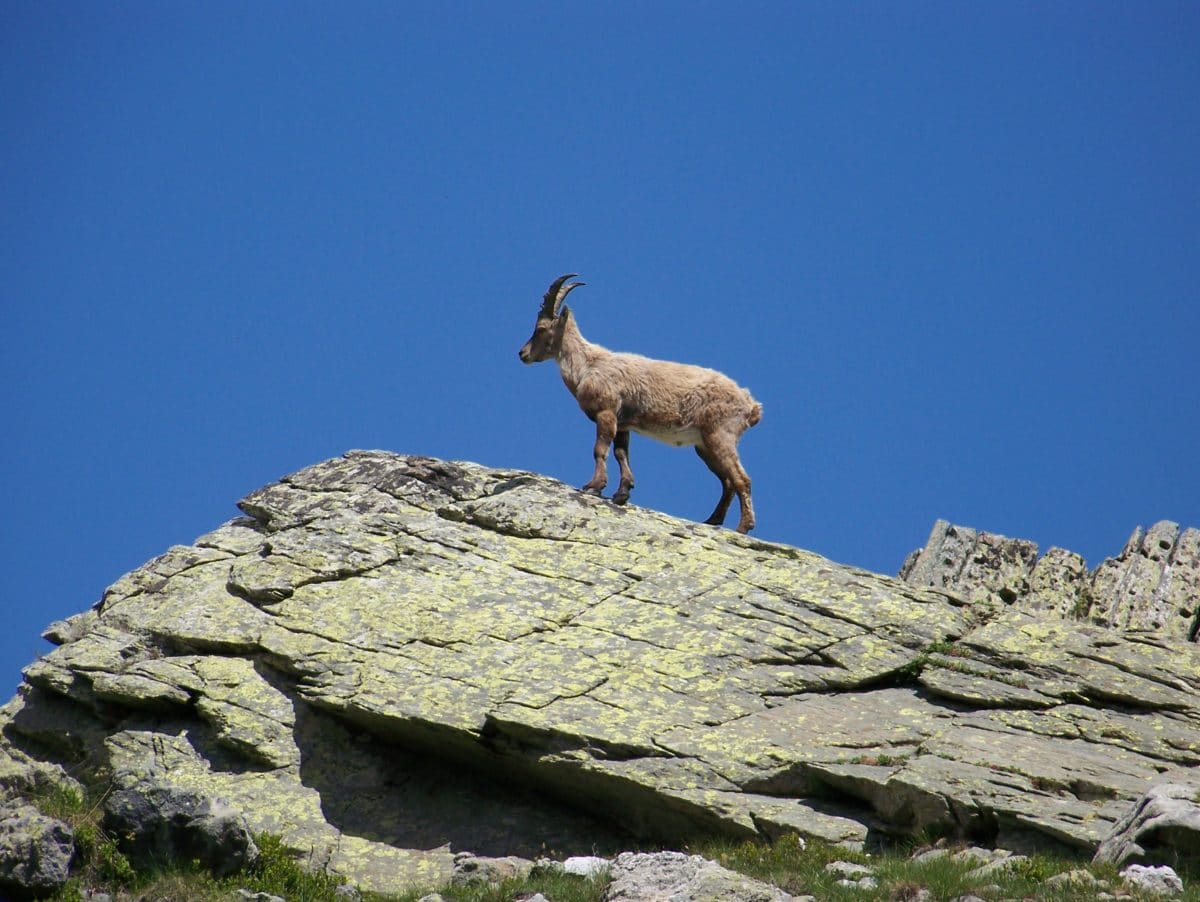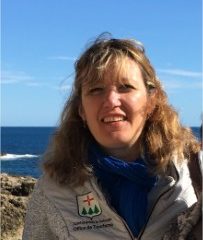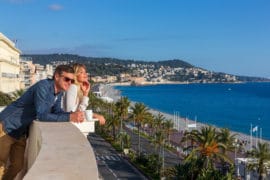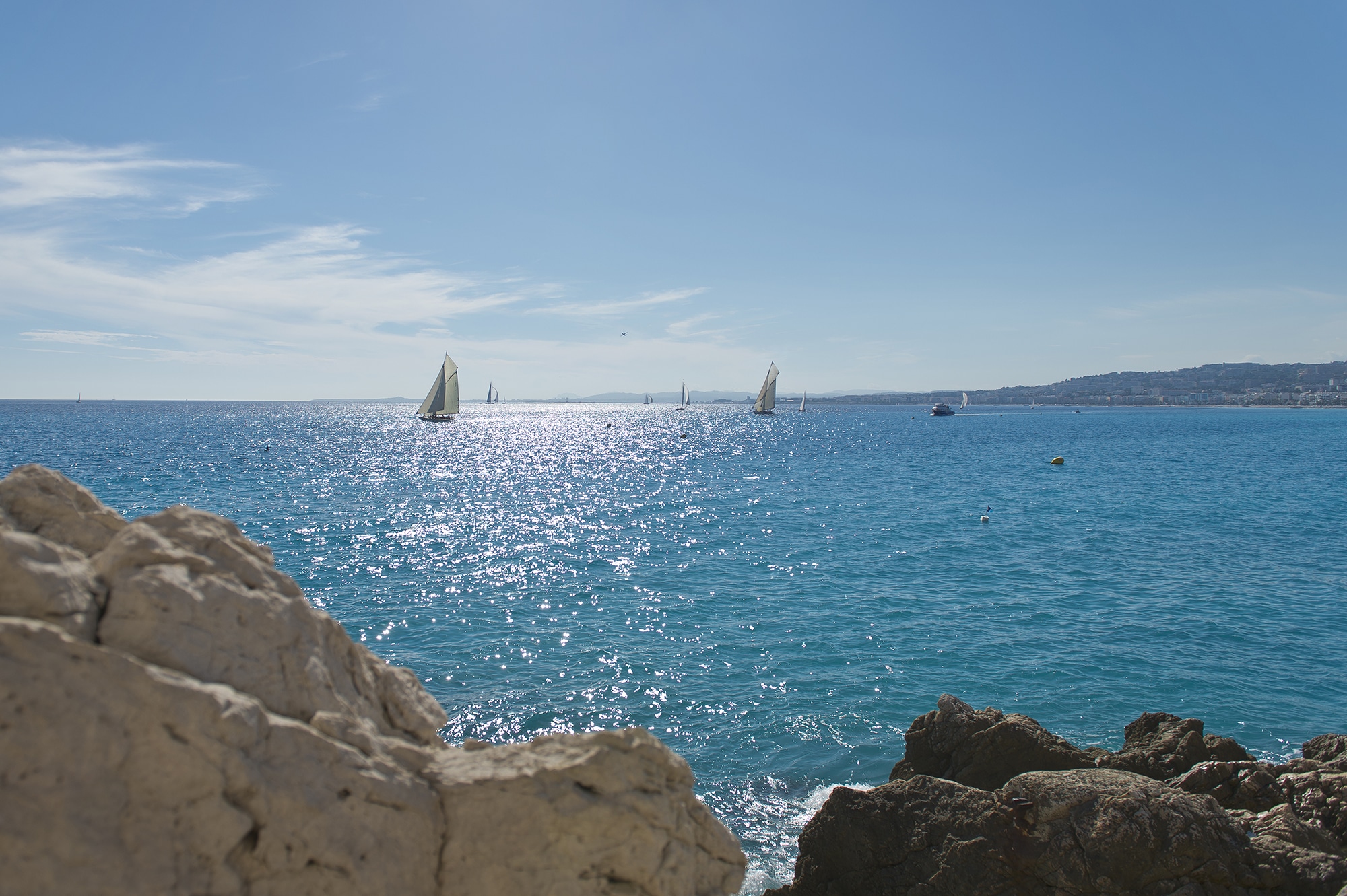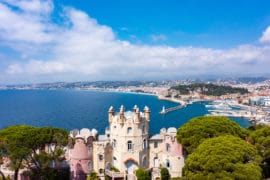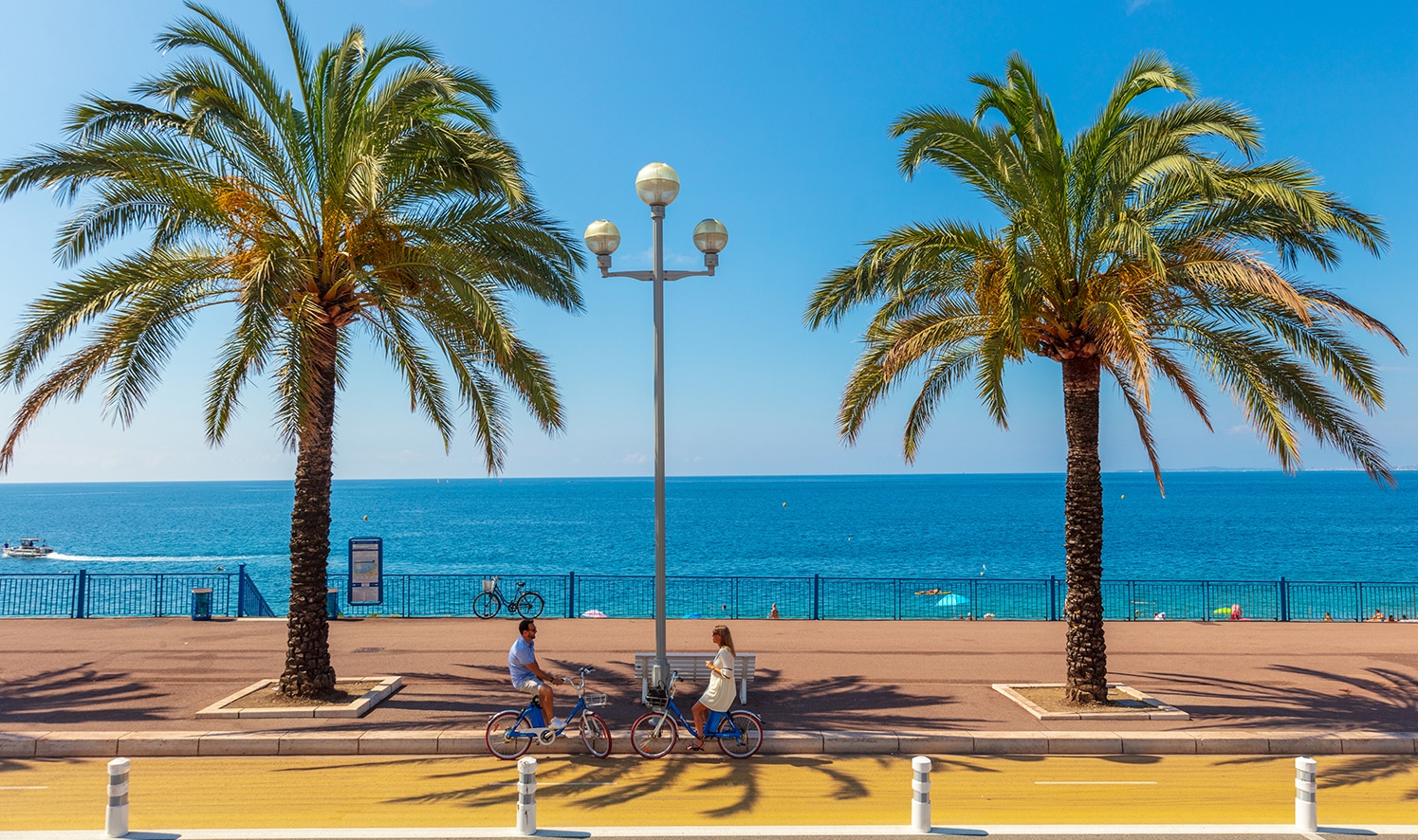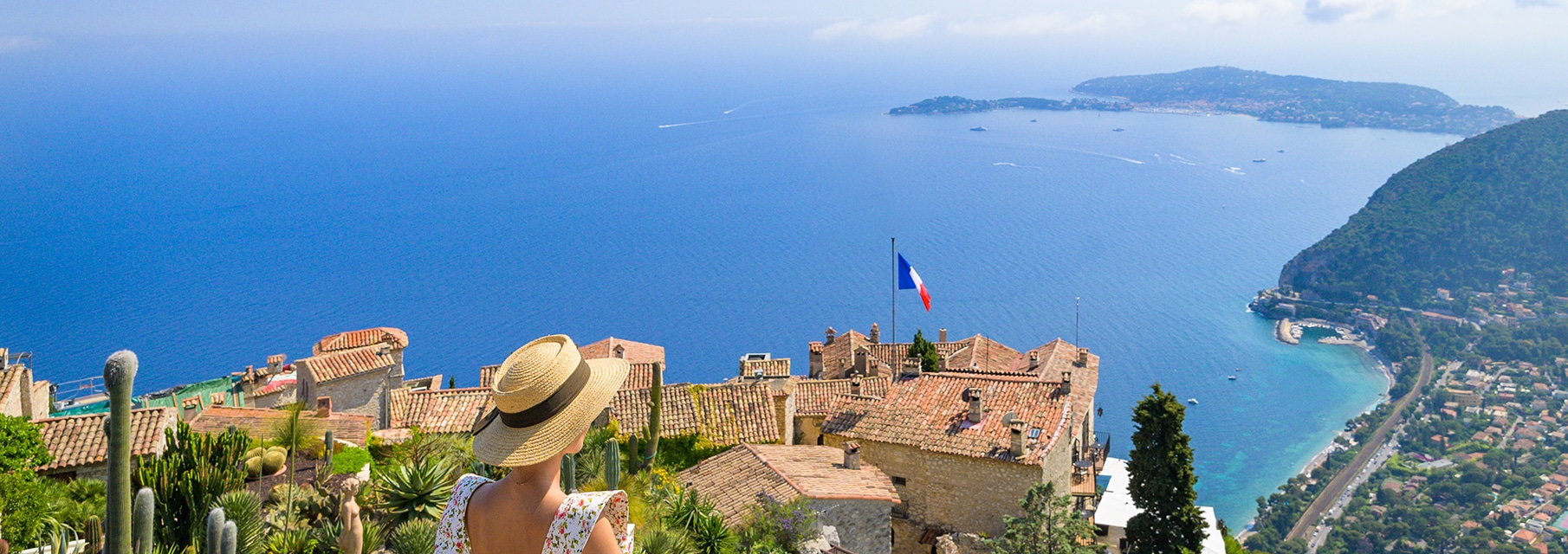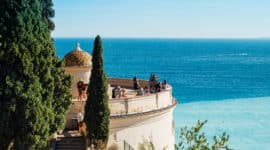Visit the farms in Nice’s High Land
26 June 2023
Would you like to get a breath of fresh air and meet animals? Nearby, in the mountains above Nice, many breeders will share their daily life with you, at the rhythm of the seasons.
The cowherds in the Vésubie or Tinée valleys, the herds of sheep on the whole Mercantour chain, a hike with donkeys, you will find the activity that suits you. Yes, even if you are more interested in cheese than in cows! Good local products, total traceability, that’s also what farm visits are all about.
1 – How beautiful the mountains are in summer!
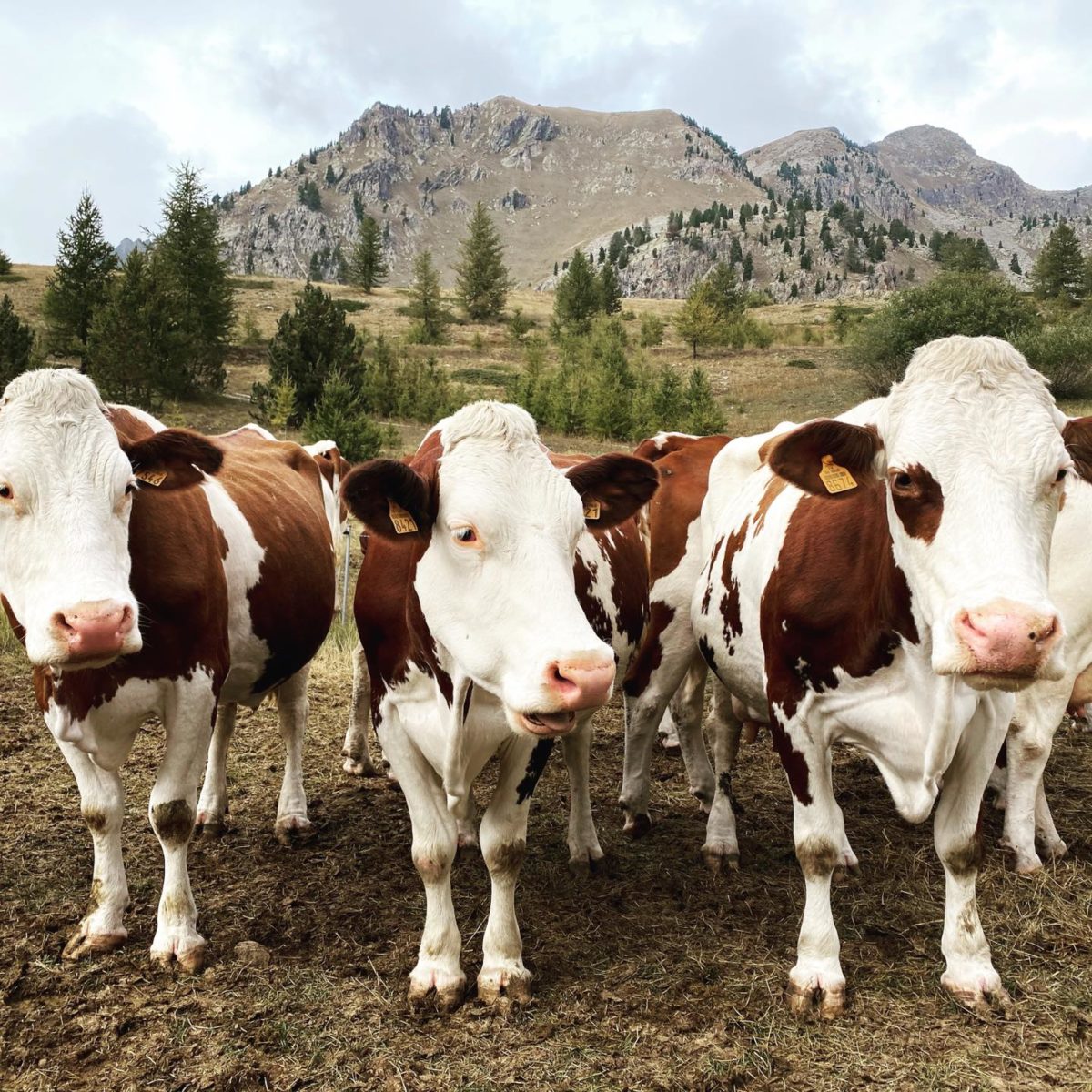
In the High Land, and more particularly in the Vésubie valley, in the summer, many “vacheries” welcome the public and offer cheese for sale. In the mountain pastures, the cows graze peacefully, you will see them during your hikes. The farmers milk them on the spot and prepare tomes, brousses and other milky delights. This is an opportunity to get to know the animals and to ask the cowherd any questions you may have. Production techniques, life in the mountains, calving, there are so many things to discover.
In Vésubie, the cowsheds are open seasonally in the summer, from July onwards, with the sale of cheese on the spot. This is an opportunity for a family hike.
The Mercantour National Park has updated a map of open trails to help you with your hikes this summer:
You will find all the information and recommended itineraries in your information offices in Saint-Martin-Vésubie, Roquebillière or Belvédère.
Good to know:
In the Tinée area, the Vacherie de Chastillon is open all year round at Isola 2000. In summer, animals graze around the resort and in winter they are in the cowshed on the P1 car park.
From June onwards, it is time for the cows to go out into the flowery meadows which give the good taste to the “tommes” made on the spot.
In the evening, upon reservation (registration required at +33 (0)6 13 41 50 62) you can feed the calves in the cowshed. This is an unforgettable moment that both young and old enjoy!
During this time, their mothers enjoy the grass of the mountain pastures. On Tuesday evening, we meet the shepherd for a snack in the mountain pasture. He will tell you about his job and will let you taste the cheeses. Milking is done on site. Information and registration at the Isola 2000 Information Office.
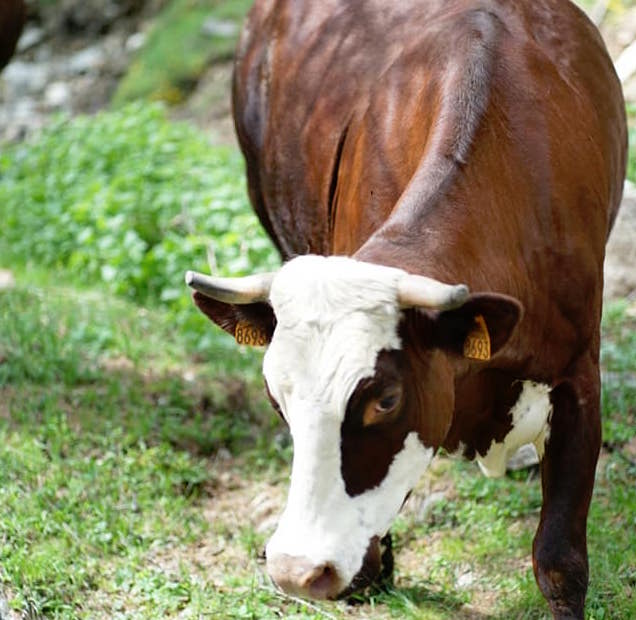
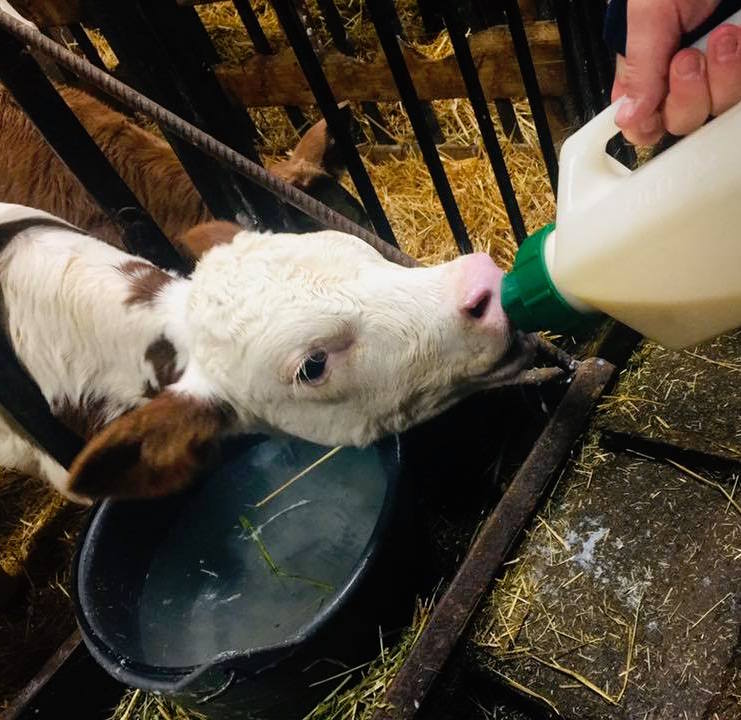
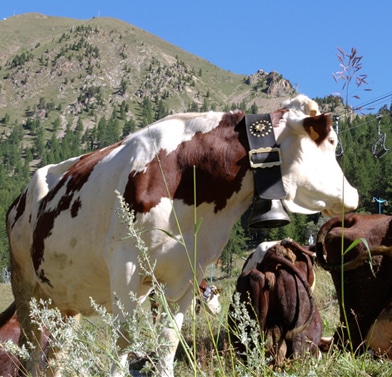
2 – For the pleasure of counting sheep
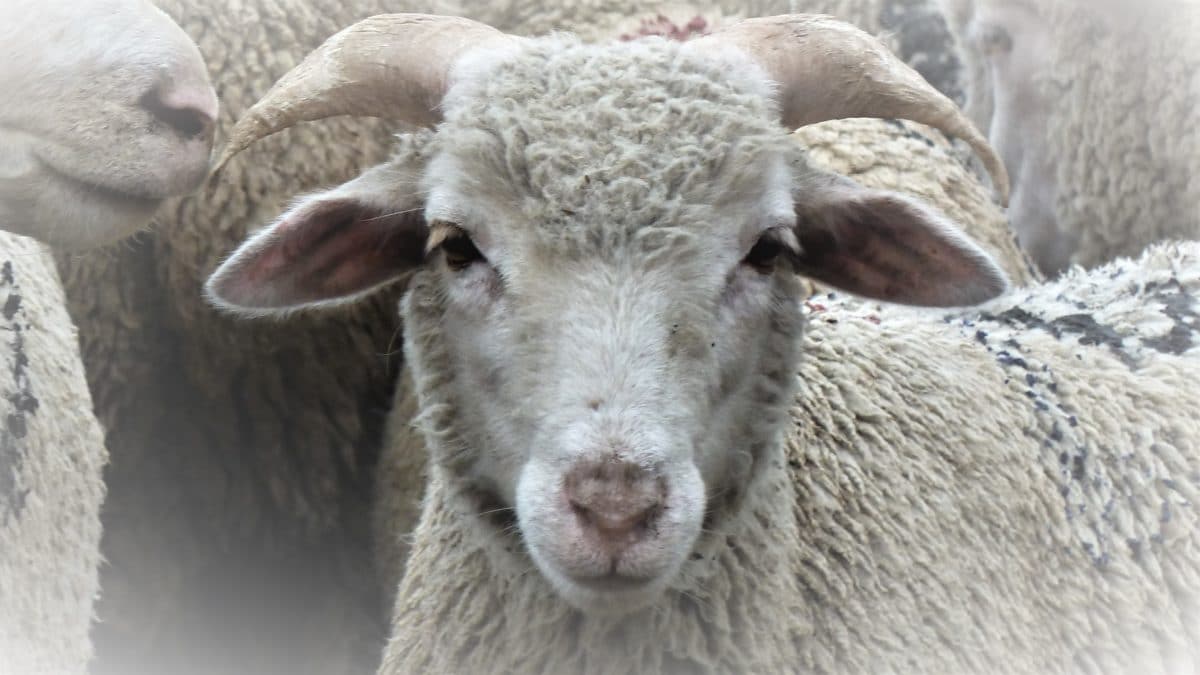
There is a particularity of the Alpes Maritimes mountains: here there are a lot of sheep and “transhumance”, the ancestral method which consists in taking the flocks up to the mountain pastures in summer, is still very much alive. The flocks arrive in June, first by truck, the final climb is done at the pace of the ewes. Putting the sheep to pasture is always a great moment, the ewes are excited by the large expanses of meadows that are offered to them. The lambs and kids take the opportunity to run around and play until they fall over from exhaustion. The sound of bells and rattles enliven the pastures.
To see: The Transhumance Festival in Saint Etienne de Tinée in June every year: the herd passes through the village, discovery of the trades of yesteryear, local products, small farms.
Good to know: The “patous”
You will come across flocks during your hikes, and with them the protector of the ewes: Patou or Anatolian shepherd. Don’t panic, you should follow the advice given in the event of an encounter with a Patou and everything will be done with respect for both parties.
Find out how to behave in the presence of a herd and “patous” in the video below:
Throughout the summer, a pastoral mediator circulates on the trails of the Haute Tinée. Employed by the National Park and the Nice Côte d’Azur Metropolitan Convention and Visitors Bureau, he is there to inform and advise hikers but also to meet the shepherds on their mountain pastures.
In Saint-Etienne de Tinée, I discovered a sheepfold which welcomes you on the spot with the ewes visible all year long (but also the lambs in spring and autumn): the Belloires sheepfold. Here there is no need to go hiking, the sheep are at the gates of the village, and young and old can enjoy them.
Hugues and Magali will be happy to explain their work and to show you their flock of Lacaune ewes (breed for milk). They sell cheese, yoghurt and ice cream made from sheep’s milk, but also meat and sausages. My pleasure is to go to buy yoghurts on foot or by bike along the cycle track which leaves from Saint-Etienne de Tinée.
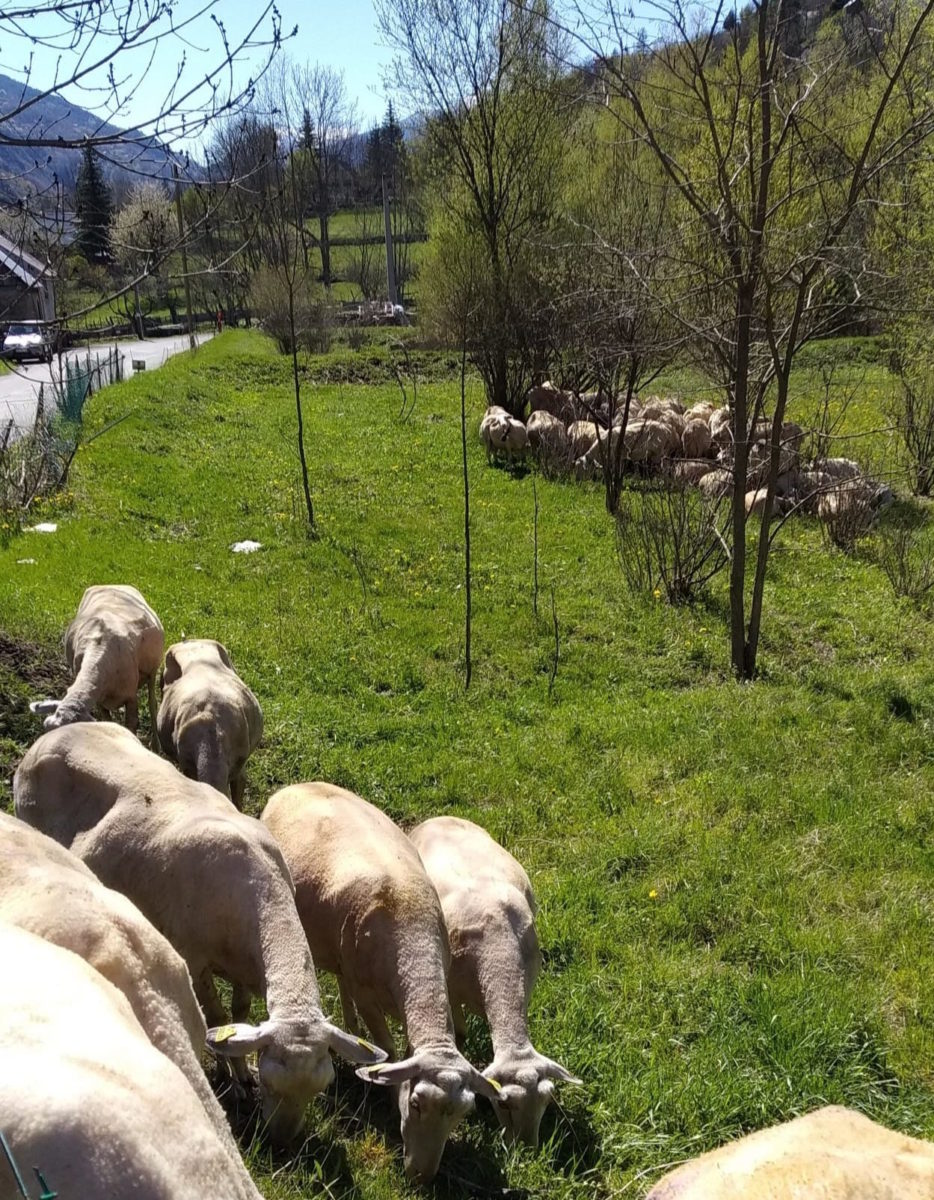
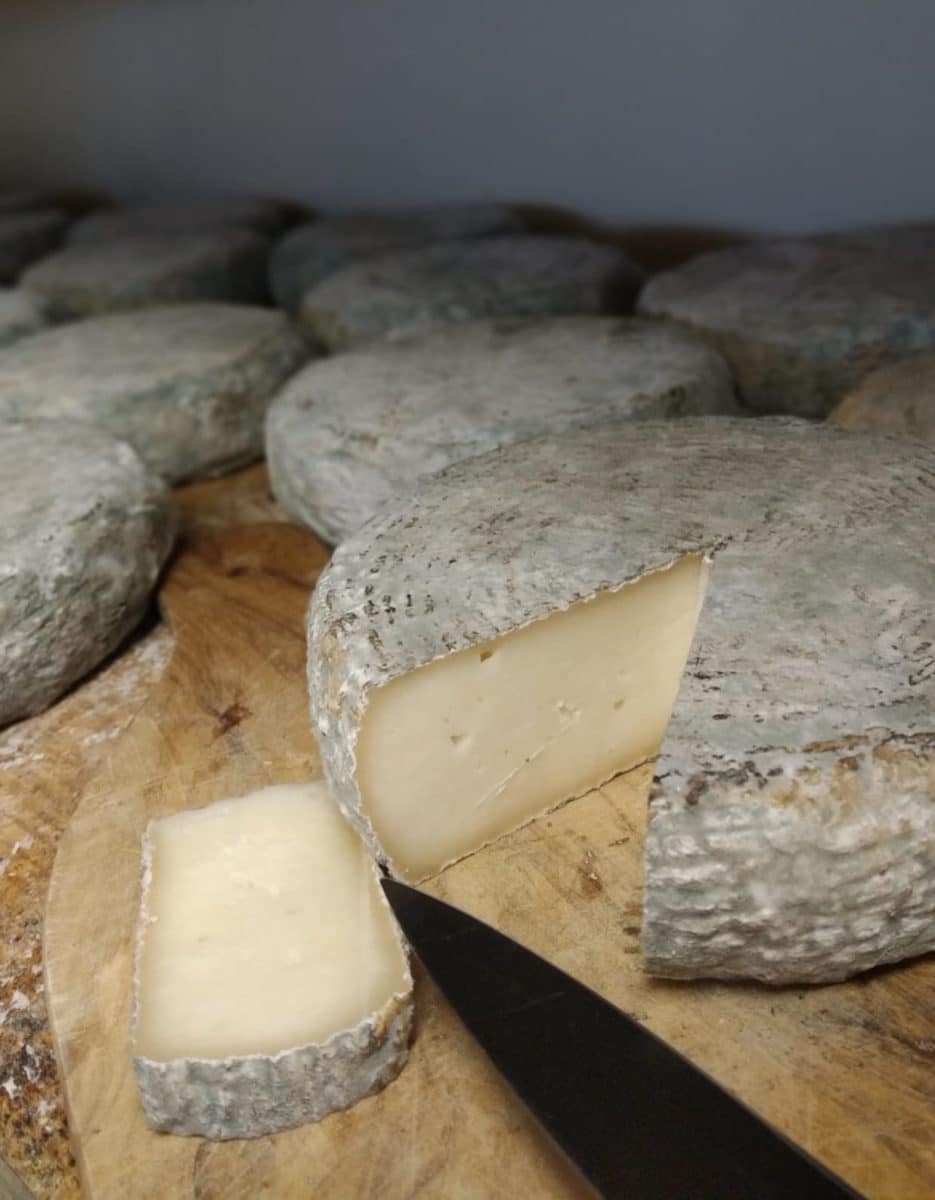
3 – How about sleeping at the farm?
Would you like to be totally immersed in a farm? The Mercantour farm (La Ferme du Mercantour) welcomes you in guest rooms and gîtes and even offers farming courses to children who wish to accompany Marc, the farmer, in his care of the animals.
Located at La Roche Valdeblore, at an altitude of 1300 m, the educational farm has cows, horses and ponies, sheep and goats, pigs and all the poultry in the farmyard. You can feed the rabbits and chickens and walk on the many paths around the village of Valdeblore.
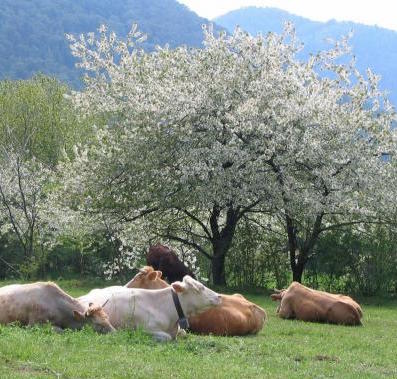
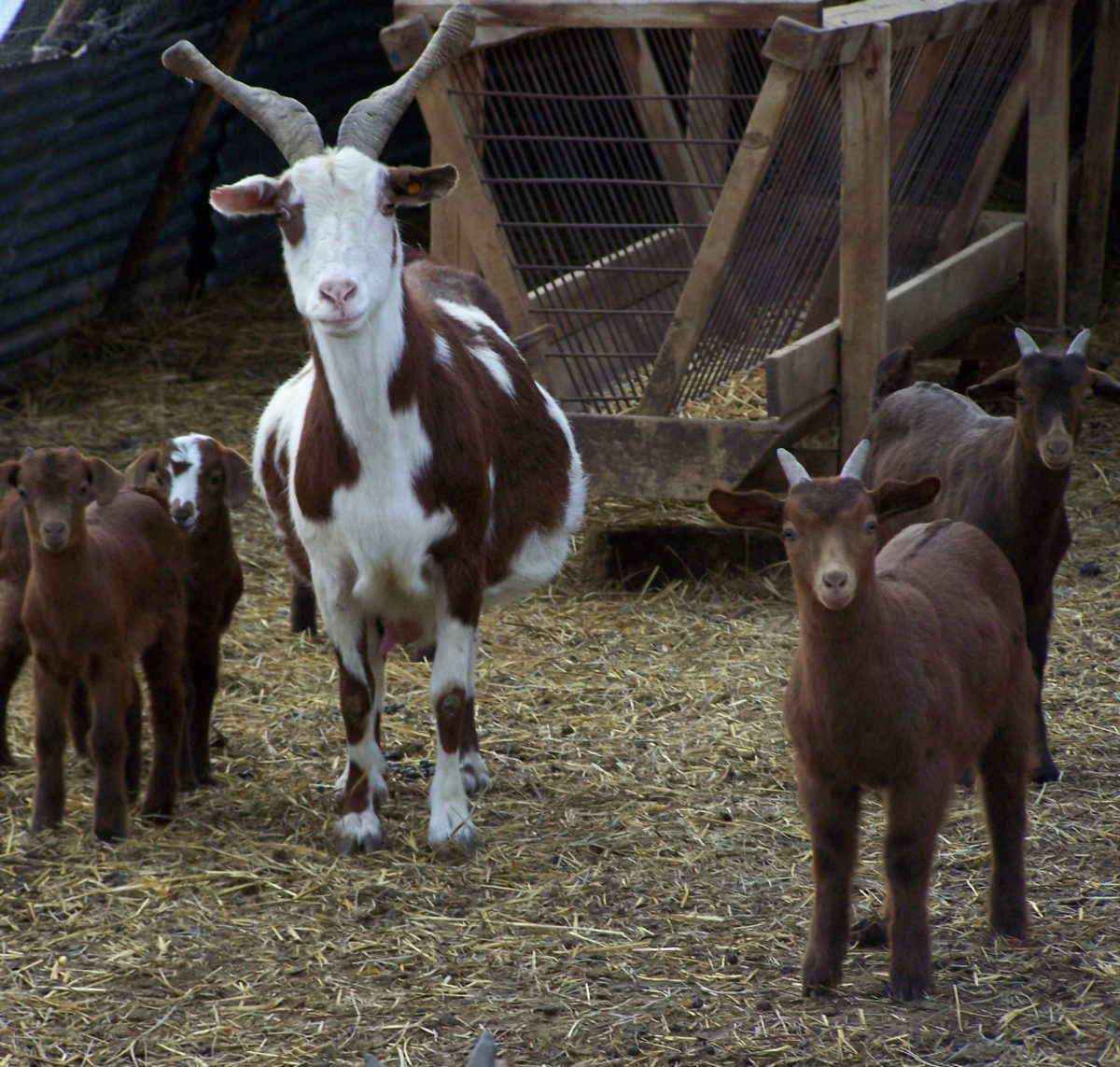
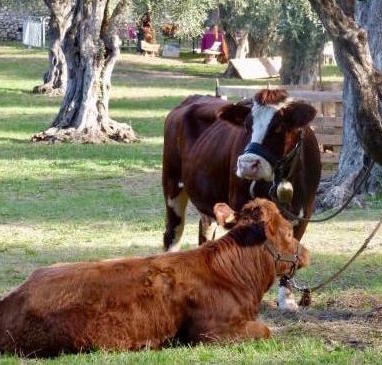
Good to know: a stay at the farm
A day’s visit to the farm, pony rides, a quiet stay in the countryside, there is no shortage of activities for animal lovers.
Marc Ducrez can be reached on (+33) 4.93.02.79.47
You will sometimes find Marc and his animals at the seaside, cleaning beaches with his draft horses, animating farms during festivals, they travel for our greatest pleasure…
4 – Is a donkey stubborn?
Sabrina knows the character of the donkeys at La Brasque well. They are gentle and endearing animals and provide her with the milk needed to make donkey milk soaps. Mothers and foals enjoy the meadows of La Tour sur Tinée. Spring is the season of births with this year a novelty, the birth of a white mule!
The milk is collected when the babies are 4 months old and start to eat grass. On milking days, the mothers are separated from the young for 3 or 4 hours, and are given a supplementary ration. During this time, the foals remain in the meadow with the rest of the herd so as not to disturb them.
This summer, walks are proposed from the Gordolasque valley in July and August. You can hire a donkey to accompany you on your half-day or full-day ride.
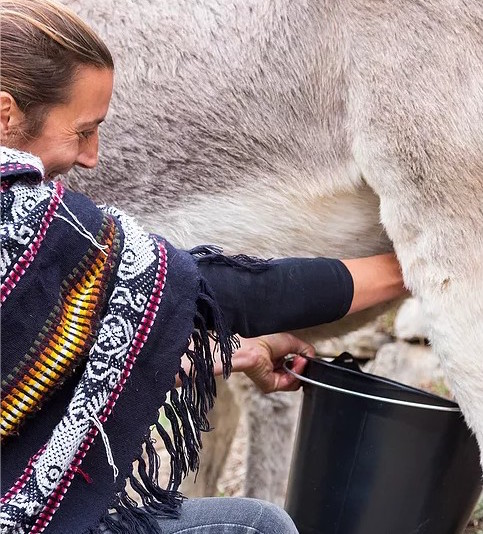
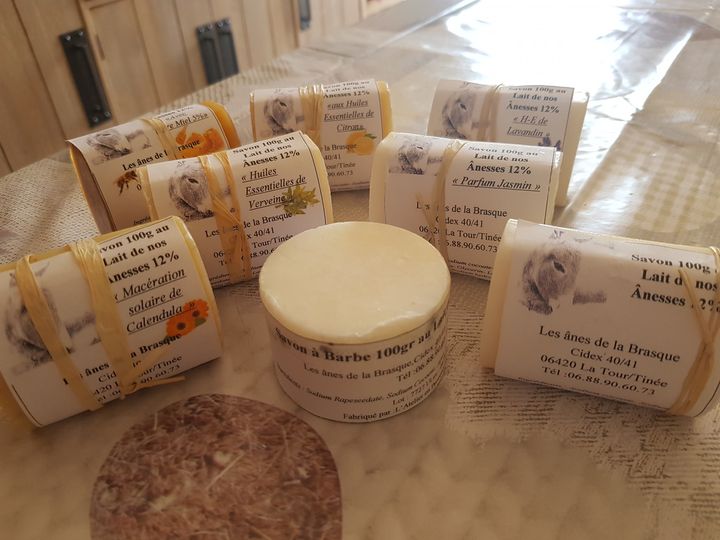
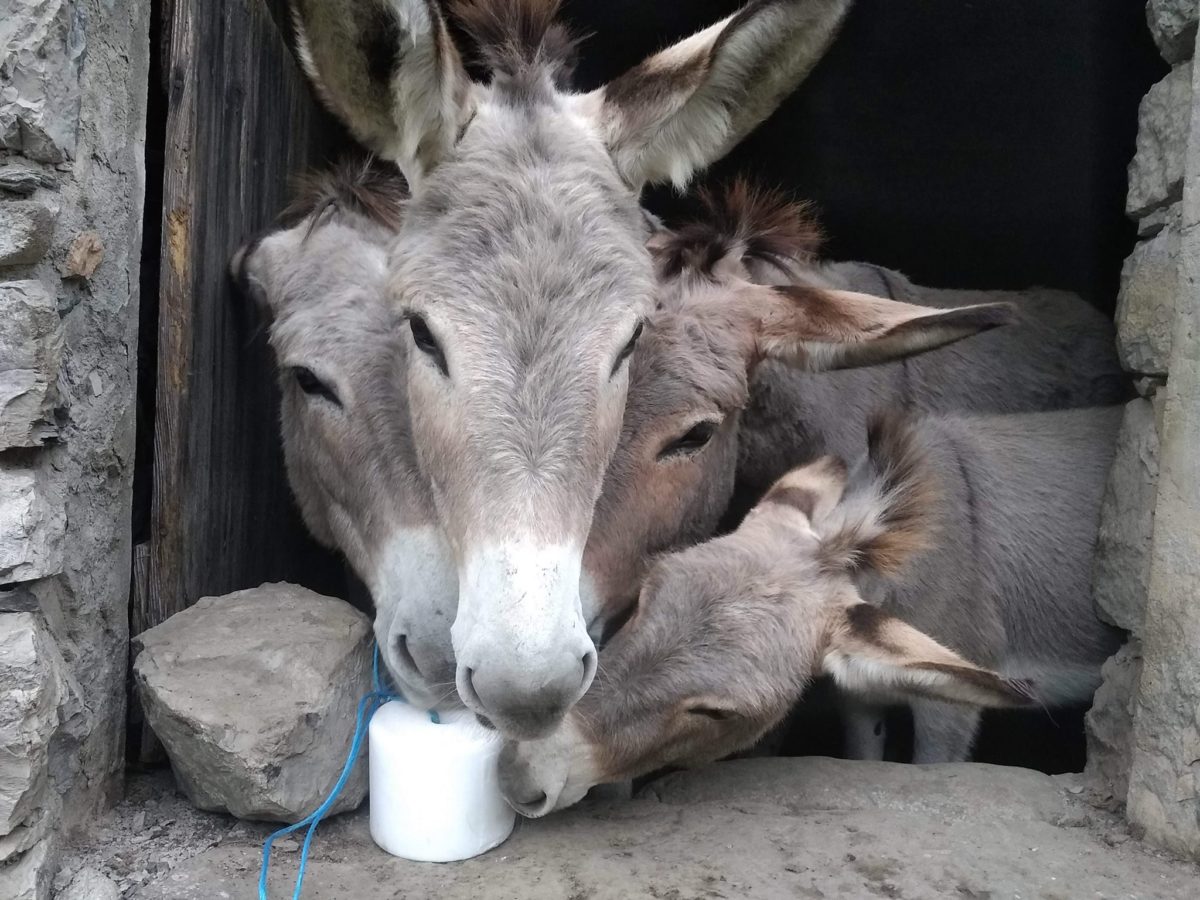
Good to know: donkey, mule or bardot, can you tell the difference ?
The donkey is an equine with long ears and small, strong hooves, which can be used anywhere in the mountains.
The mule is a cross between a mare and a donkey. Mules are sterile and cannot reproduce. They are very strong and were used a lot in the past to carry and work in the fields. The mule has the body of a horse and the ears of a donkey.
The bardot is a cross between a donkey and a stallion. Also sterile, it is less common than the mule. Its body is more like that of a donkey, but it has small ears.
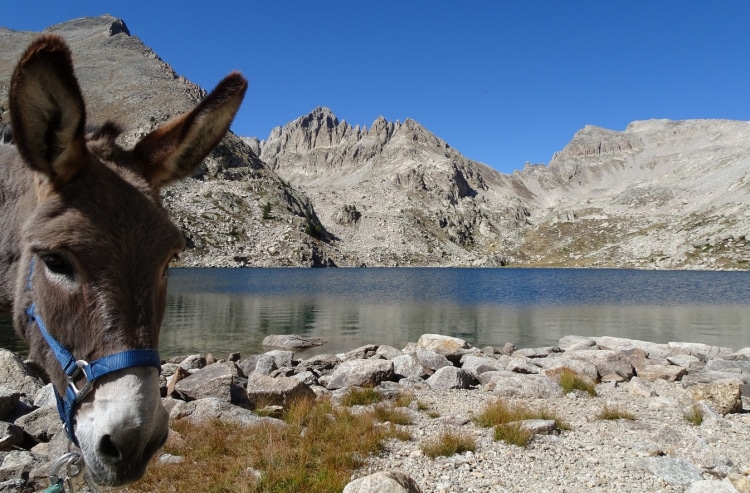
Hiking with donkeys and portage is also the credo of Indiana in Valdeblore. All summer long, her donkeys will accompany you on a hike. Leaving from the farm, on the discovery hike, 1h30 of walking will allow you to get to know your companion well. Then, you can go further for a day or over several days with a bivouac. Ask Indiana for advice on the opening of hiking trails and the routes that can be taken.
With the quiet step of your donkey you will feel free, he takes care of the backpacks. Relaxation, escape by discovering the mountains of Mercantour with Biscuit, Basile or Gitane it’s the good life!
The Mercantour is full of places to discover and stories to share. Breeders are there to offer you good products and also to present you their daily life and their animals, with or without horns. Take the plunge and come and meet them!

